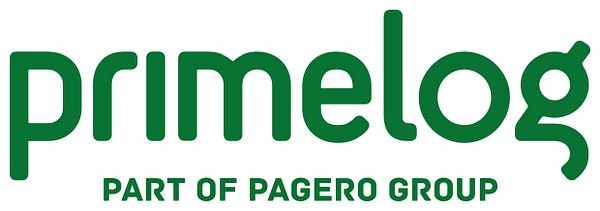Blogginlägg -
Are there software companies that don’t sell software?
Are there software companies that don’t sell software? The answer is YES, but despite this apparent contradiction it’s not hard to explain. Salesforce.com, known for its CRM system, created a slogan a number of years ago: “No Software”. This was also printed on buttons looking like a traffic warning sign.
In a book written by the company founder, Marc Benioff, and which is quoted on the company’s blog, you can read about how hard it was to sell this concept internally. Employees naturally felt that they were a part of the software industry, since their everyday work consisted of developing and supporting their CRM software product. But their visionary founder saw that they were delivering something else entirely to customers, namely a peace-of-mind IT service that lets customers focus on their own business, and particularly to makes selling faster and smarter.
So a company that develops software doesn’t necessarily have to sell software; it can also sell a service. Then the company takes responsibility beyond just producing the software. This is what is known as SaaS – Software as a Service – which isn’t as dramatic as saying “No Software”. The service is delivered over the Internet, since the software is already installed and operative “in the cloud”.
If you buy software you’re actually buying a license that gives your the right to use it. The code remains the property of the creator. But you receive the software in a physical form such as files on a DVD or by downloading. There is much left for you to do before your organization can see any benefit from the investment. Because traditional software purchases are often real investments. You might be expected to spend up to five year’s license fees up-front just to get rid of the salesman, even before the software is in operational mode.
If you buy a service, on the other hand, the system is already up and running and connected. You don’t have to buy hardware, or install, configure and start up the software. And you don’t have to take care of daily system operations. It’s all included in the service. In theory it’s just a matter of starting up the software service and using it, and the fee you pay is not a license, but a subscription to the service for as long as you use it. For advanced business systems it’s naturally a little more complicated, since it would probably require a project to implement the system in your organization, train users and perhaps integrate it with other systems. In this aspect there are more similarities than differences between SaaS and licensed software.
In a previous blog – Three reasons for choosing TMS as a service – I emphasized three benefits of choosing the SaaS model, specifically for a TMS system.
1. TMS as SaaS lets you focus on your core business. So it isn’t primarily an IT project, even if your IT department should participate. See our description here.
2. TMS as SaaS turns over operations to those who can administer the system best. Hand on your heart, who would you trust most? Your IT department and its outsourced low-wage resources, or those who built the system?
3. TMS as SaaS makes it easy to get connected. The system is already up and running and the carriers are already plugged in.
And yet another general advantage of SaaS is this:
4. No upgrading projects. If you’ve ever been part of a business system upgrade, you’ll know what I’m talking about. In a real SaaS delivery, upgrades are automatically included, and they usually happen more often and with less drama than with traditional systems. And since the system is delivered as a service it is always up to date, so you never risk sitting there with an old version – or one that has been patched up and adapted to death.
Magnus Molin
R & D Director
magnus.molin@primelog.com
Relaterade länkar
Ämnen
- Datorer, datateknik, programvaror
